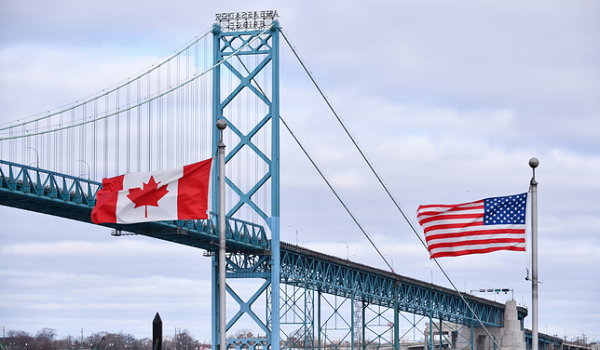Economic growth, investment could be affected by sharp regulatory burden increase: study
The number of federal regulations imposed on businesses increased dramatically over the span of 15 years, a trend that weighed on investment and economic growth, according to a new Statistics Canada report.
The study published Monday finds regulatory requirements rose by 37 per cent between 2006 and 2021. The increase is estimated to have lowered gross domestic product growth by 1.7 percentage points and employment growth by 1.3 percentage points in the business sector over that time frame. Labour productivity, which is defined as output per hour worked, was also reduced by 0.4 percentage points.
The negative effect of regulatory accumulation on growth, employment and productivity was not as great for small businesses compared as it was for large ones.
The analysis is based on a measure of regulatory burden developed by Transport Canada and accounting firm KPMG, which counts the number of regulatory provisions in federal legislation.
Regulations are rules introduced by governments usually with the intention of protecting the public interest – such as mandating requirements for health and safety – but can frequently weigh on business activity when they become too onerous or numerous. The Statscan report notes a regulation may appear to be beneficial to the economy by promoting competition, for example, but it could stifle growth when layered on top of other regulations.
The consequence of regulatory accumulation has been weaker business dynamism, meaning fewer firms entering and exiting the market. If the number of regulatory requirements held steady at the 2006 level, the analysis finds the entry and exit rates would have been one and 0.5 percentage points higher, respectively.
“While the results of the study point to potentially important costs for the economy, it is not meant to reflect a full economic assessment of the benefits of regulations and costs associated with not introducing regulations,” the study cautioned.
Businesses have long complained that regulatory burden imposed by all levels of government make Canada a less attractive place to invest compared with the United States. The threat of U.S. tariffs has reignited calls to cut red tape that hinders businesses from expanding their operations or setting up shop in the first place. President Donald Trump is also leading a massive deregulatory push in the United States, whereby government agencies must cut 10 regulations for every new rule introduced.
While Conservative Leader Pierre Poilievre has long promised to go after government bureaucracy, other politicians are also making pledges to reduce red tape.
In light of the continuing trade spat with the U.S., the federal and provincial governments have pledged to again look at dismantling interprovincial barriers, which are largely attributed to regulatory differences across the country that stifle the flow of goods. Liberal Party leadership hopefuls Chrystia Freeland and Mark Carney have also both pledged to slash red tape.
Last week, the B.C. government said it would fast-track the approval process for a number of resource projects in a bid to diversify the province’s economy away from the U.S.
This article was first reported by The Globe and Mail













